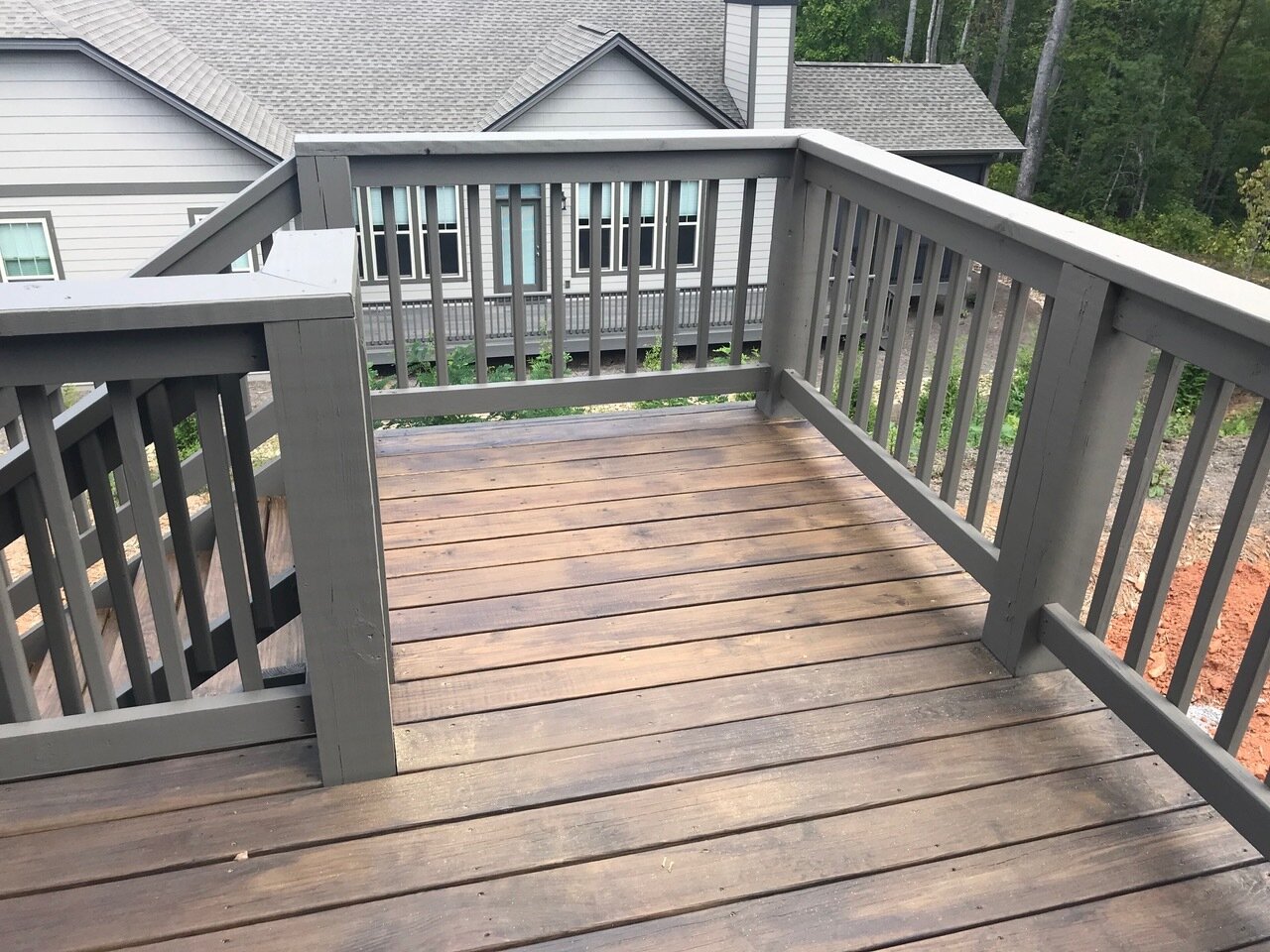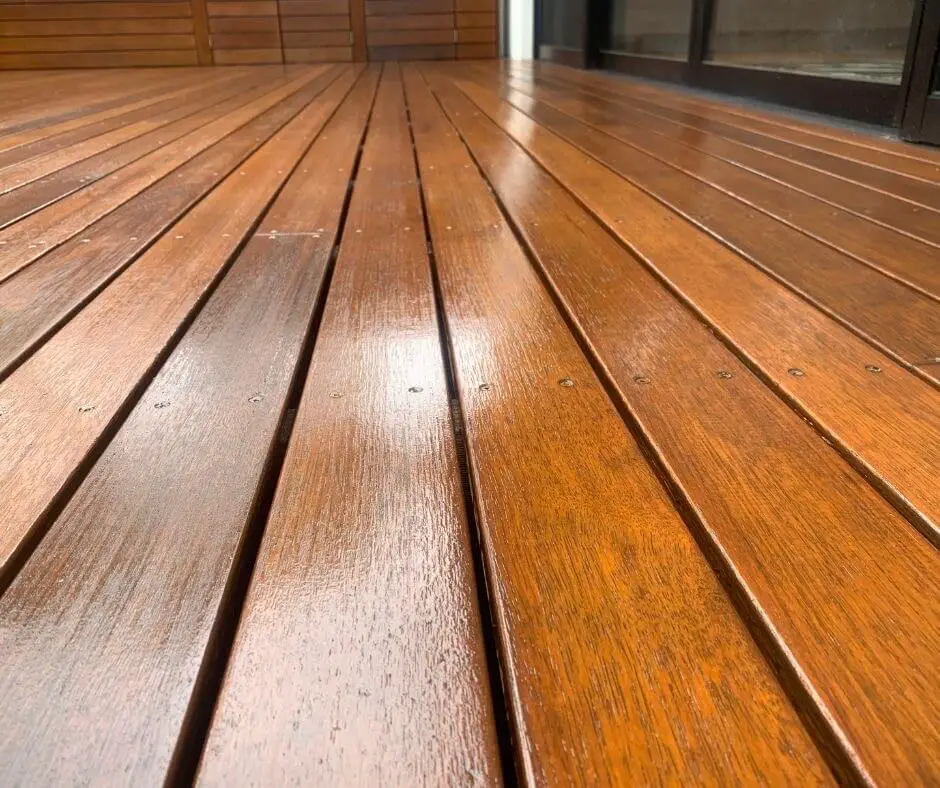Deck Staining Marvels: Transforming Your Exterior Oasis
Choosing the Right Spot for Your Fencing: Tips and Considerations
When it involves keeping and enhancing the appearance of your fencing, selecting the ideal tarnish is critical. With a wide range of choices readily available, it can be frustrating to figure out which tarnish will best match your needs. This overview will supply you with factors to consider and tips to help you make an educated decision. We will certainly discover the different kinds of fencing spots, variables to consider before choosing a stain, suggestions for preparing your fence for staining, and the distinctions between oil-based and water-based discolorations. Furthermore, we will explore picking the best discolor shade to match your fence and enhance your outside area. By following these standards, you can make certain that your fence stays safeguarded and aesthetically pleasing for several years to find.
Understanding Different Sorts Of Fencing Spots

On the other hand, water-based discolorations are made from acrylic or latex and offer a much more refined shade to the timber. They create a safety movie on the surface area of the wood, avoiding moisture from seeping in and shielding against UV damages. Water-based spots are much easier to clean up and have a faster drying time compared to oil-based discolorations. They are likewise much less likely to fade or break in time.
Choosing in between oil-based and water-based spots relies on numerous elements, consisting of personal choice, the preferred look, and the level of upkeep needed. Oil-based discolorations are recommended for surround high-traffic areas or those constantly exposed to extreme climate condition. fence staining and sealing. Water-based stains, on the various other hand, are a preferred selection for fence suburbs where appearance and simplicity of usage are important
Recognizing the distinctions in between oil-based and water-based discolorations aids house owners make an informed choice when picking the right tarnish for their fence. Considering the specific needs of the fencing, such as its location, direct exposure to sunlight, and wanted aesthetic, will ensure that the selected discolor gives resilient protection and improves the total beauty of the fence.
Elements to Take Into Consideration Prior To Selecting a Spot

An additional factor to take into consideration is the sort of wood your fencing is made from. Various kinds of wood soak up stains in different ways, leading to varying degrees of color intensity and toughness. Softwoods like pine might require more frequent staining compared to hardwoods like cedar or redwood. Furthermore, particular timbers may be more vulnerable to problems like rot or insect problem, which might impact the choice of stain to preserve the fence and secure.
The environment and climate conditions in your location should likewise be taken into account. If you stay in a location with severe winters or high moisture, you might need a tarnish that gives additional protection versus wetness and UV rays. If your fencing is exposed to direct sunlight for long periods, a tarnish with UV preventions can assist stop fading and staining.
Last but not least, it is very important to consider your preferred visual. Different stains offer different shades and coatings, allowing you to tailor the look of your fence (deck staining). Consider the general design and design of your building, in addition to any kind of local guidelines or homeowner organization guidelines that may dictate the appropriate discolor shades
Tips for Preparing Your Fencing for Discoloration
Cleansing the fencing is a vital action as it removes dirt, gunk, and any previous finishes that might conflict with the staining process. Scrub the surface area gently, paying extra attention to areas with stubborn discolorations or mold.
This step is vital as staining a damp or wet surface can lead to poor bond and an unequal finish. Make sure that the fencing is completely dry before continuing with the staining procedure.
Prior to discoloration, check the fencing for any problems, such as loosened boards or nails. Fix any kind of concerns to ensure that the fence is structurally audio. Additionally, take into consideration applying a timber conditioner or brightener to the surface. This product assists to open up the timber pores, enabling the discolor to penetrate a lot more efficiently and evenly.

Comparing Oil-Based and Water-Based Spots
When selecting a discolor for your fencing, it is necessary to contrast the qualities and advantages of water-based and oil-based stains. Both sorts of spots have their own benefits and considerations, so it is essential to recognize the distinctions between them.
Oil-based spots are understood for their resilience and discover this info here resistance to put on and tear. In addition, oil-based stains have a tendency to last longer than water-based stains, making them a popular selection for fencings.
On the other hand, water-based spots are more eco-friendly and simpler to cleanse up. They have a lower VOC (unpredictable organic compound) content, which implies they launch fewer dangerous fumes right into the air. Water-based spots also dry quicker, enabling for a quicker application and less downtime. Nonetheless, they might not provide the exact same level of defense as oil-based discolorations, especially in extreme climate condition.
Inevitably, the option in between oil-based and water-based stains depends upon your particular needs and preferences. When making your decision, think about aspects such as resilience, ecological impact, and convenience of application. Consulting with a professional or looking for recommendations from experts can likewise aid guarantee that you select the ideal discolor for your fencing.
Picking the Right Stain Color for Your Fence
The choice of an appropriate stain color for your fencing is an essential facet of improving its visual allure and matching the total design of your outdoor room (deck staining). The right stain color can transform a plain, ordinary fence right into a striking focal point that adds deepness and personality to your property
When selecting a tarnish color for your fence, it is very important to consider the design and style of your home. Natural tones such as browns and neutrals can produce a cozy and inviting appearance if you have a traditional or typical design home. On the other hand, if you have a modern or modern home, you could take into consideration going with strong and vivid shades that make a statement.
One more aspect to take into consideration is the natural environments of your residential property. If you have a great deal of greenery, a discolor shade that complements the all-natural landscape, such as greens or deep reds, can create a harmonious and cohesive appearance.
In addition, it's worth thinking about the maintenance needed for different stain shades. Lighter colors tend to reveal dust and use more easily, while darker shades can conceal imperfections and need much less regular touch-ups.
Inevitably, the selection of stain shade for your fencing ought to show your individual style and choices - deck staining companies near me. Make the effort to get in touch with and explore different options with specialists if needed, to make certain that you select the best tarnish color that enhances the elegance and appeal of your fencing
Verdict
To conclude, when it concerns picking the ideal tarnish for your fencing, it is essential to comprehend the different kinds of discolorations offered and think about elements such as toughness and wanted appearance. Preparing the fence properly prior to discoloration is critical for achieving optimal results. Furthermore, comparing water-based and oil-based stains can aid identify the best alternative for your certain requirements. Finally, selecting the best stain shade can boost the general looks of your fence.
We will certainly discover the various kinds of fence spots, aspects to think about prior to choosing a tarnish, tips for preparing your fence for discoloration, and the distinctions in between oil-based and water-based stains.Differentiating in between water-based and oil-based stains is essential when recognizing various kinds of fence spots. Water-based discolorations are easier to cleanse up and have a much faster drying time compared to oil-based stains. Additionally, oil-based spots often tend to last longer than water-based spots, making them a popular selection for fencings.
In final thought, when it comes to picking the ideal stain for your fencing, it is vital to comprehend the various types of discolorations offered and take into consideration elements such as longevity and desired look.